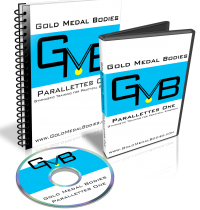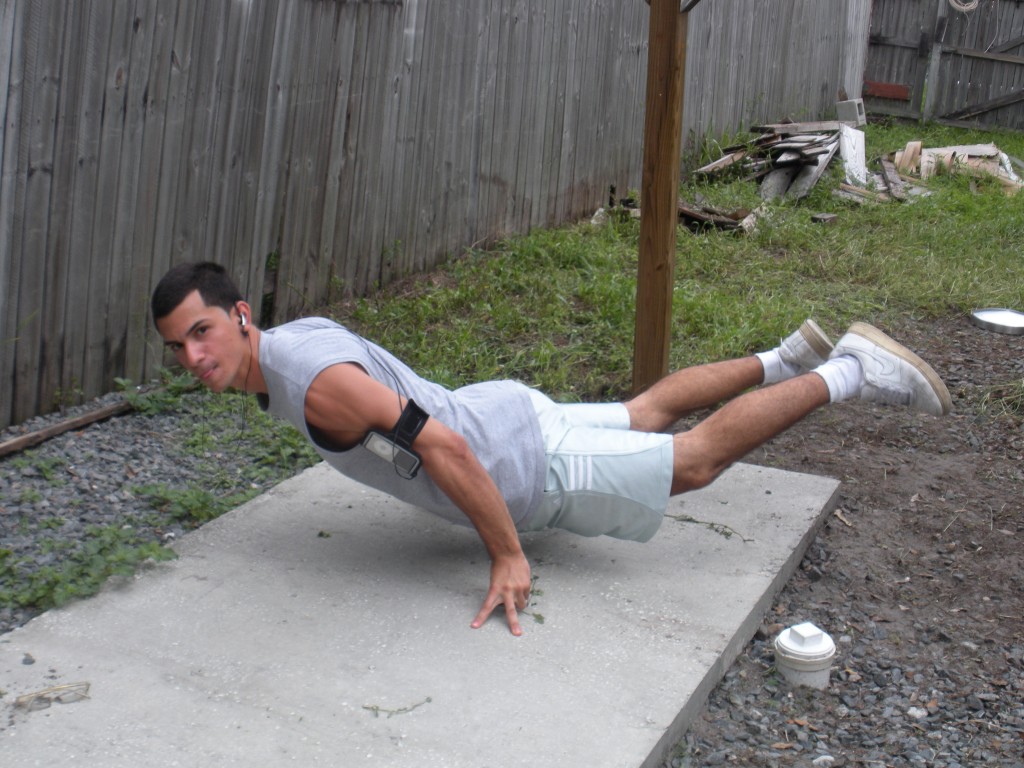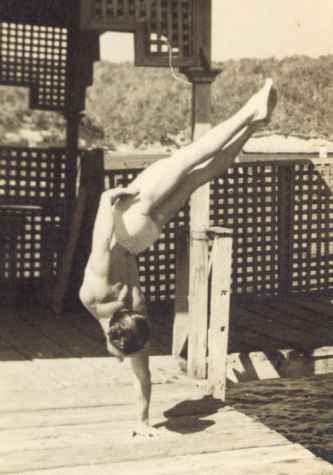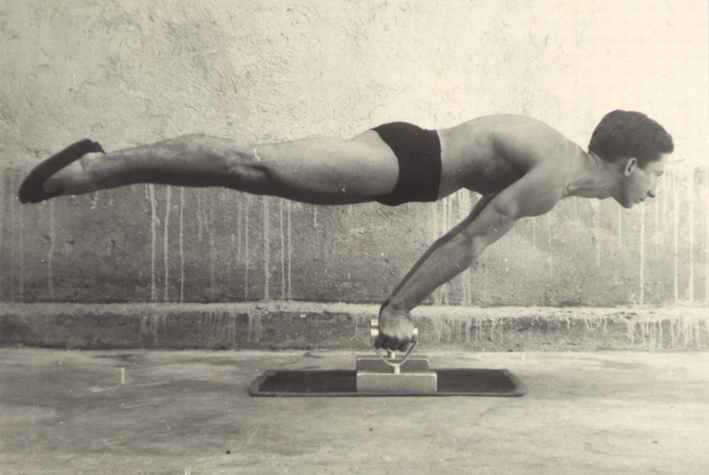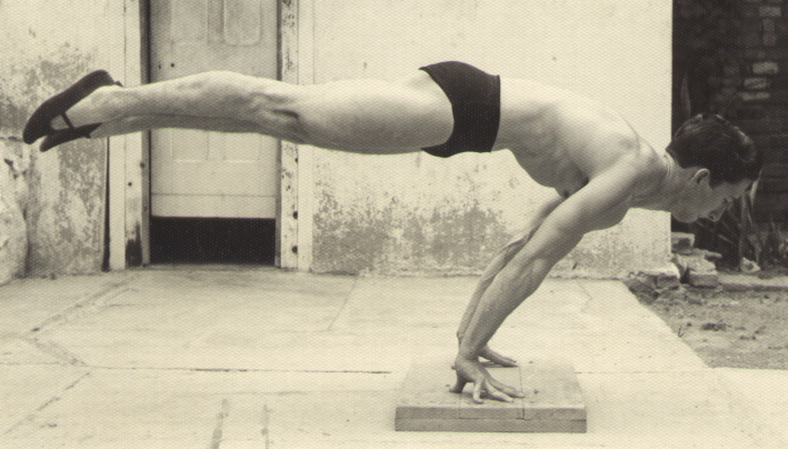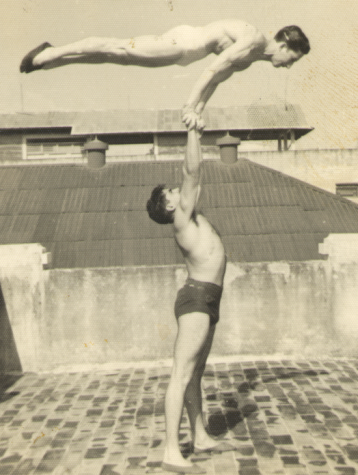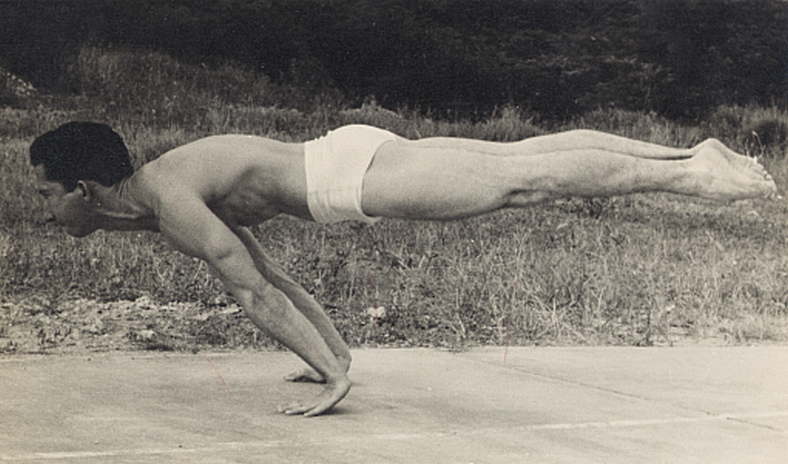I received the following question from Gary regarding moving from the tuck to advanced tuck planche.
Thanks for all your good advice and tutorials.
Can you help me as I am trying at the moment to go from tuck planche to advanced tuck planche, (sure you have had this question a few times.) I am really struggling with any progress and wondered if there was any tips you knew that may help me along.
This video here describes tips on how to this step of planche training.
The tuck planche involves straight arms and holding your body aloft.
The next step involves making it one step closer to the advanced tuck planche. I originally learned of this as one step in planche progressions from Coach Sommer in this article here. Check it out for more ideas. This includes:
1. Bringing your Shoulders Forward
Bringing your shoulders forward places additional stress on them as the leveraged position is harder to hold. As you progress in teh various planche moves you’re moving more and more forward, requiring more and more strength.
2. Straighten the Back
This one is closely tied into the next one. In fact all three of these are tied together. Straightening the back tends to make you need to raise the hips and move the shoulders forward. A back that is straight (even arched a little) and parallel to the floor is the position you’ll be holding for all future planche progressions.
3. Raise the Hips
The hips should be raised up to shoulder level. In the regular tuck planche the hips are low but this is the main point in moving to the advanced tuck planche. As you raise the hips its natural for the legs to start to untuck. When starting out make sure to keep them tucked but as you improve levering them out is the next step.
I didn’t make it completely clear in the video. Think of these three areas as places you can focus on and start the movement from, but recognize that they are all related.
The planche is a truly difficult move and will take a long time to master. With these moves be content to add a second here, or a slightly better position there. Small improvements over time lead to amazing moves.
For much more on planching as well as all forms of hand balancing consult the Hand Balancing Mastery Course.



